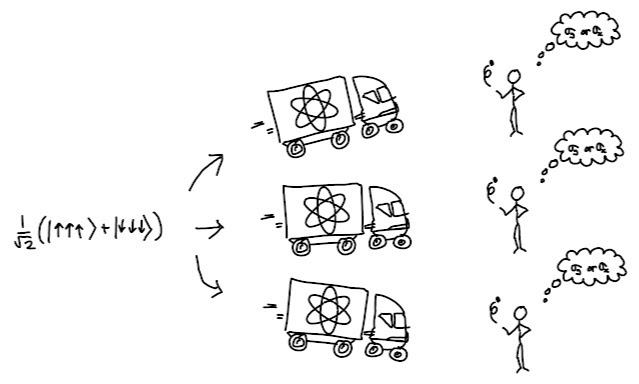Keeping the lights on

Ever since the blackout that affected much of Spain , I've been wondering how it's going to work when renewable power starts to approach 100% of the power supplied by the grid. That blackout may have been caused by a number of different factors, but the forces of evil were quick to point out that one thing that may have caused it was that there was too much renewable energy in the grid at the time. Renewable energy such as solar comes naturally in DC whereas the grid supplies AC at 50Hz (in Europe anyway). This means that before it can be fed into the grid it has to be passed through an "inverter" to turn it into AC. This is typically done by phase-locking to the grid signal, which is fine until the supply approaches 100% renewable at which point the question becomes: but who is setting the frequency? I'm not sure whether or not this really was an issue in Spanish blackout, but it's a reasonable question to ask. A pretty good answer was provided by a...













